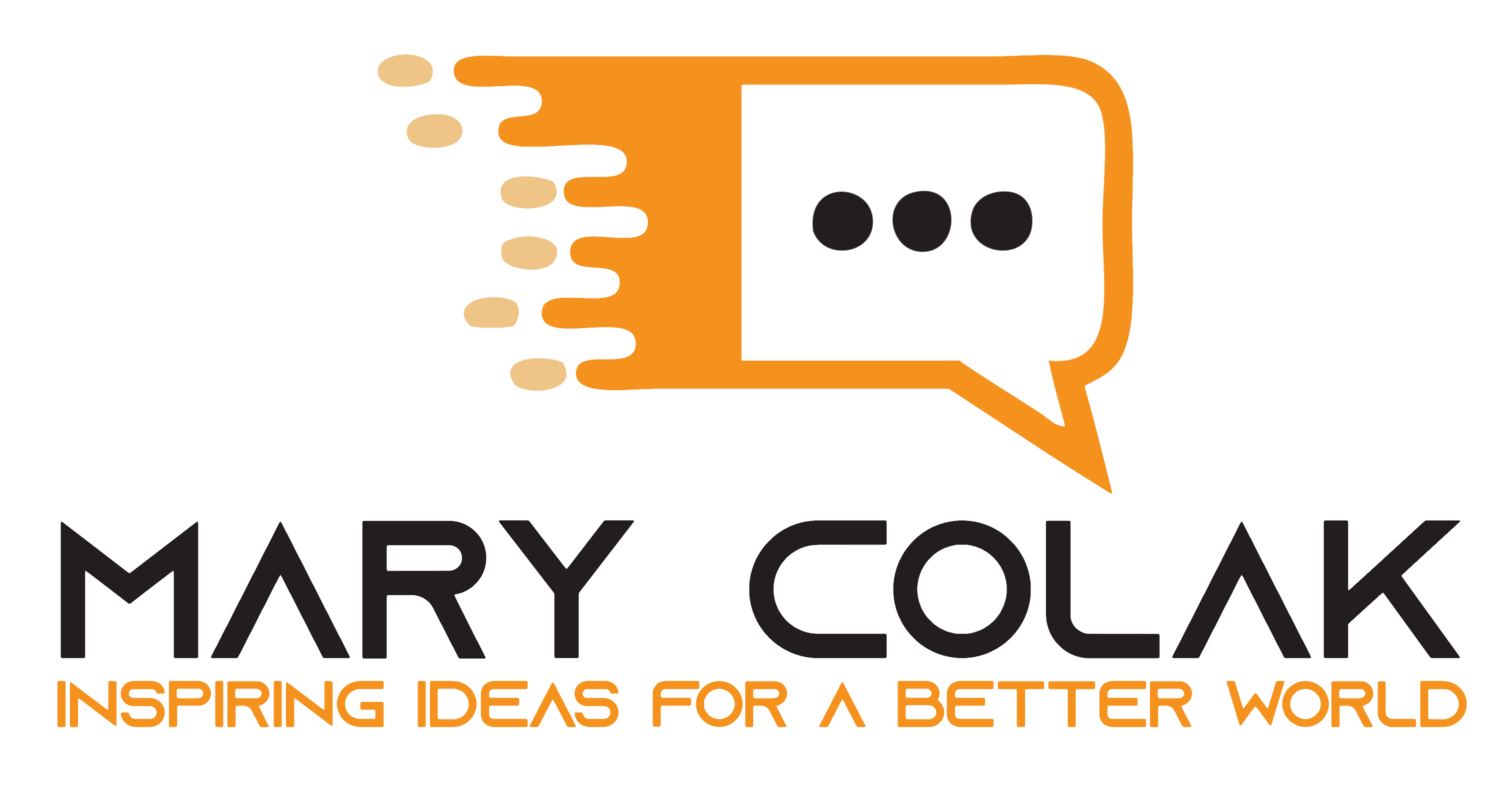Focusing on efficiency, procrastination, innovation
Focusing on Efficiency
It hasn't escaped me how much work I put into everything I do. Somehow, it feels like there's a lot of effort applied, but when I ponder the effort, it really isn't a lot in relation to the result.
If I spend two hours communicating an event to a wide audience, is that a lot of effort? Here are some numbers to consider in this instance: I sent personalized messages to 150 of my contacts in two hours and ended up making 24 sales. Is this a good return on effort? You bet it is! But you might say: How did you manage to send 150 messages in two hours? If you do the math, that's 1.25 messages every minute. Here's how I did it.
I created a template for my message in a Word document. My message contained a link to a video (videos always add pizzazz to whatever you're trying to sell!).
I uploaded an image to my desktop which I included as a picture in each message.
I opened Messenger and selected "New Message."
I typed the first letter in the "To:" field and it popped up with a list of names.
I selected a name from the list and pressed "enter."
In the message field, I typed, Hi, (person's name).
I copied my template from the Word document and pasted it into my message.
I inserted the image from my desktop.
I pressed 'send.'
All these steps were done in less than a minute. Then I returned to step 5 to repeat the process.
You might say this is not possible, but I can assure you that all the above is possible. What is the secret to my efficiency? Focus! I allowed no interruptions in my work. It was like lightning speed going through the steps. Did I feel tired at the end? Yes, perhaps, but I also knew that those two hours were incredibly productive. This is borne out in the resulting sales.
Next time you need to get a task done quickly and efficiently, use razor-sharp focus to help you accomplish your goals.
Procrastination and Innovation
Are you a procrastinator? I think we all are at times, but if procrastination is your 'normal' such that you never seem to accomplish even the most mundane of tasks, then it's time to snap out of the rut! Here are some ways to do that. However, procrastination isn't always a bad thing. In the words of author Frank Partnoy, "If we are going to resolve long-term issues like climate change and sustainability, and if we are going to preserve the innovative focus of private institutions, I think we need a shift in mindset away from snap reactions toward delay. Innovation goes at a glacial pace and should go at a glacial pace." Partnoy is correct in his assertions. Innovation cannot be rushed. Innovation also cannot be boxed into a specific methodology that fits a predefined cycle of time. And innovation also does not follow a straight line. However, innovation can be coaxed if organizational processes are efficient. Consider this fact: When processes are efficient, performance improvements of 50 to 100 percent within 12 months are common. Organizations that approach process innovation with a view to providing value to the customer are more successful than organizations that pit their functional areas against each other to vie for limited resources. Innovation, as a breakthrough improvement, occurs because continuous improvement activities peak. This is not because the activities are rushed; rather, enough time is allowed for the innovation to occur. How do you innovate at your organization? Here are seven ideas to help you reach breakthrough improvement:
Encourage ideas and be sure to capture those ideas. For example, set up suggestion boxes in various areas of your workplace, hold regular workshops or corporate retreats to brainstorm ideas.
Create a supportive environment that encourages people to freely express ideas without the risk of criticism or ridicule. No ideas are bad ideas.
Encourage staff to take risks and experiment by not penalizing (or ridiculing) them if their ideas fail.
Build good relationships between individuals and teams in the organization. In this way, ideas are shared more freely. Use the power of the intranet to exchange ideas.
Encourage responsibility for innovation at all levels of the organization. Decision-making should not be restricted to only the management layers of your hierarchy.
Reward innovation and celebrate success. Appropriate incentives can play a significant role in encouraging staff to think creatively.
Recruit new employees based on their imagination and creativity. Innovative thinkers aren't necessarily those with the most impressive list of qualifications.
Next time you find yourself procrastinating on a task, ask yourself whether your procrastination is contributing to an innovative breakthrough or if you're just avoiding finishing a project. The first delay is good, but the second is not going to lead to resolving any long-term problems.


